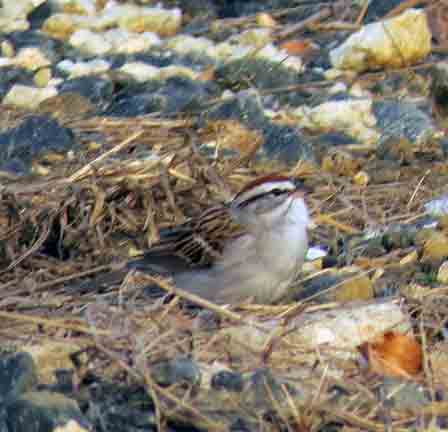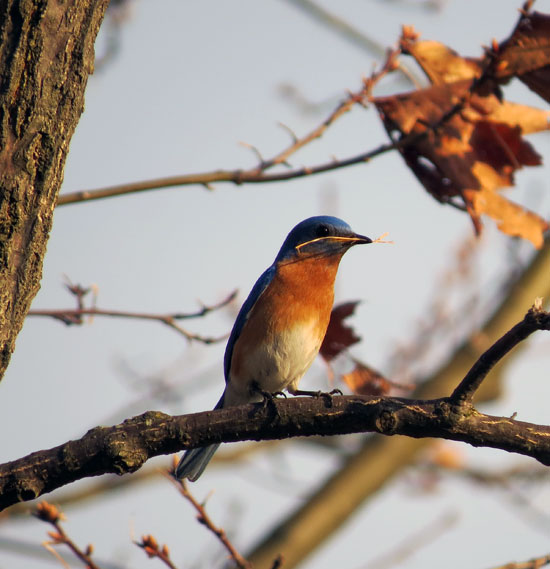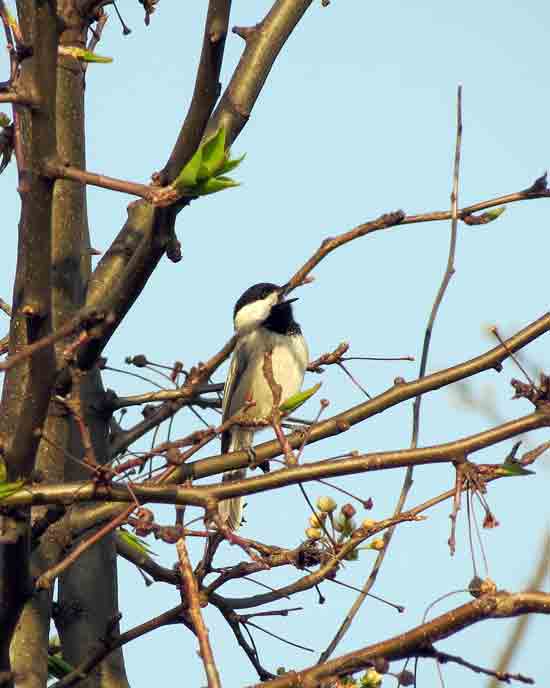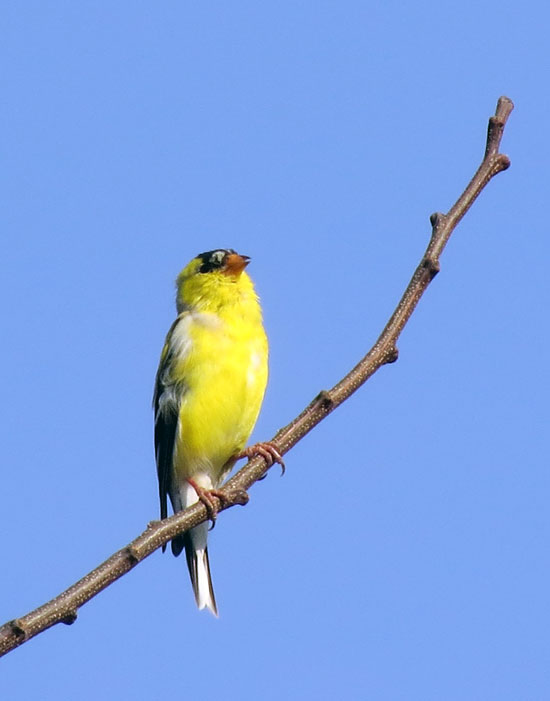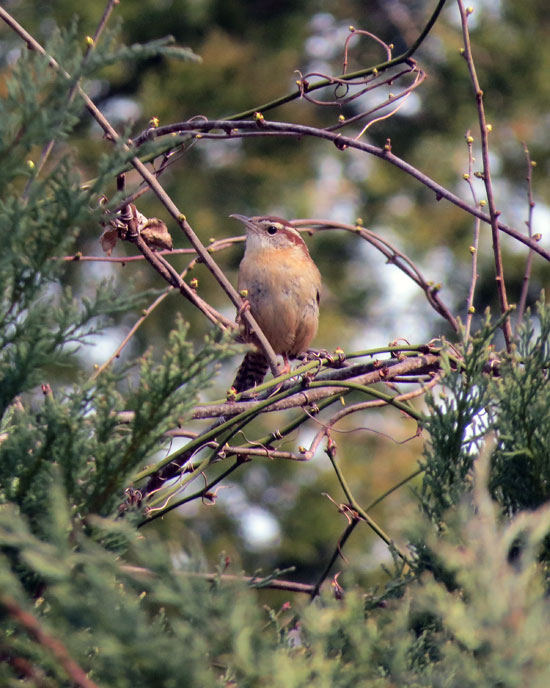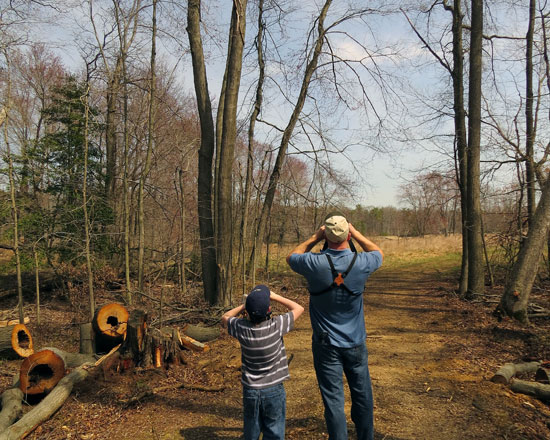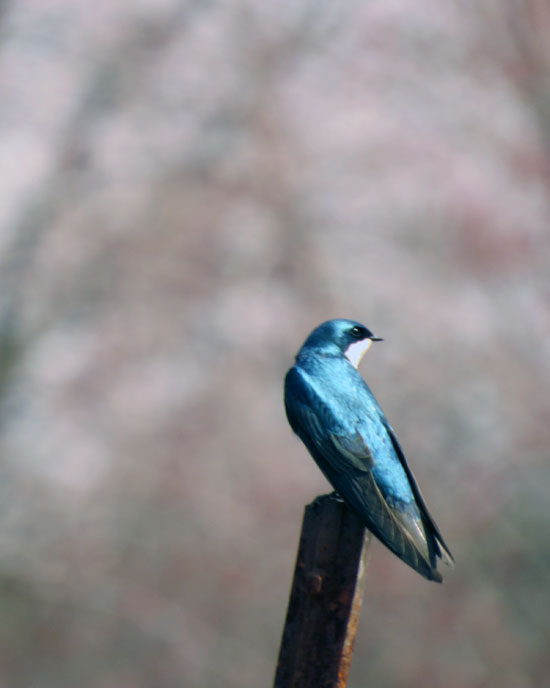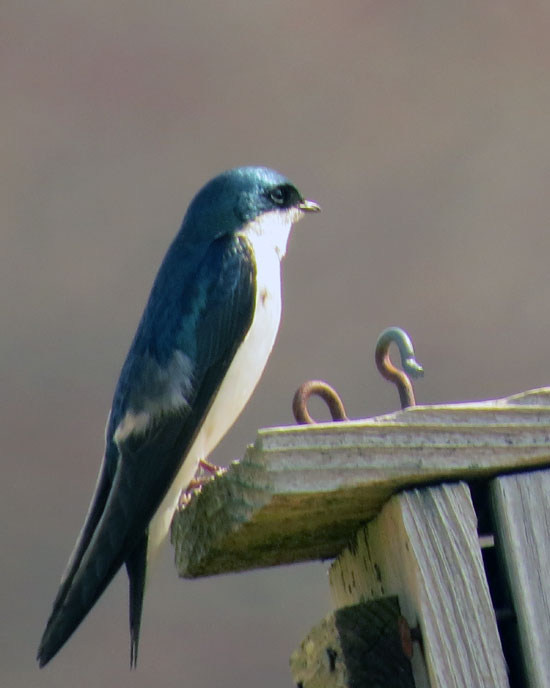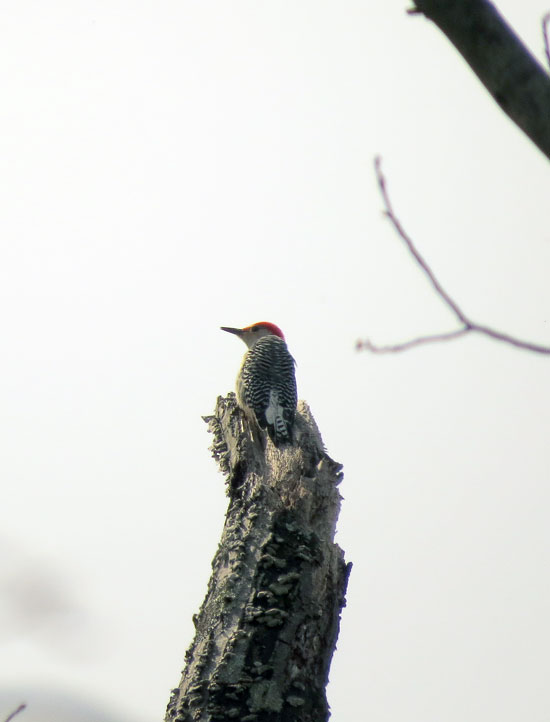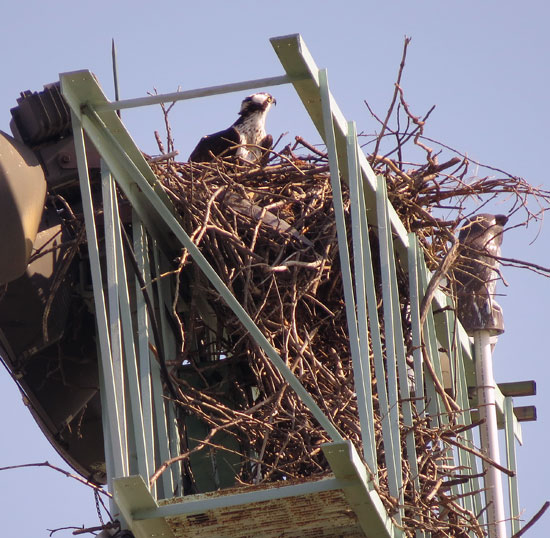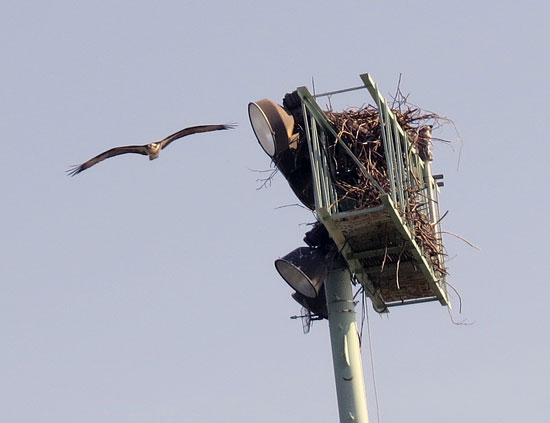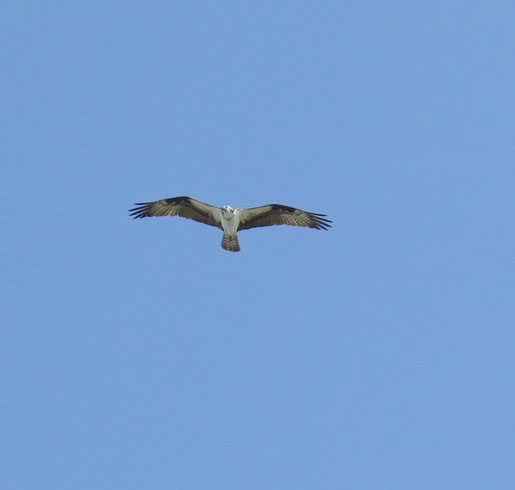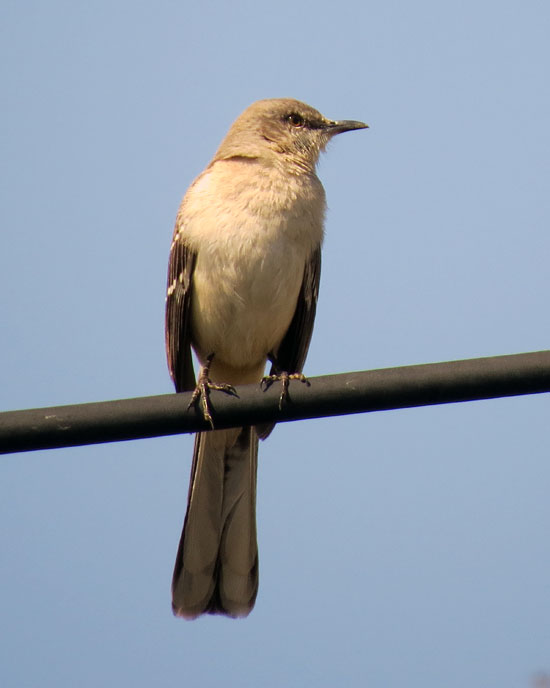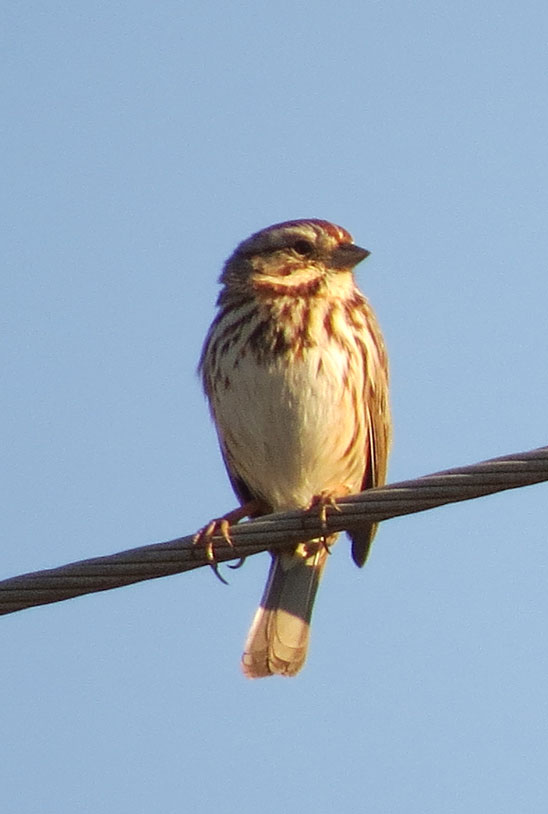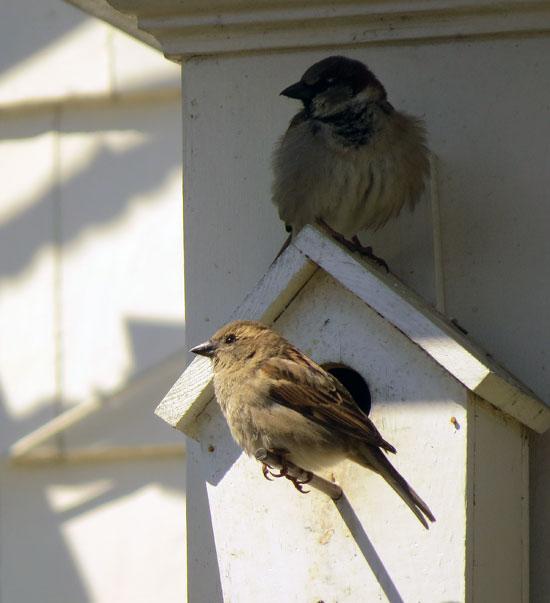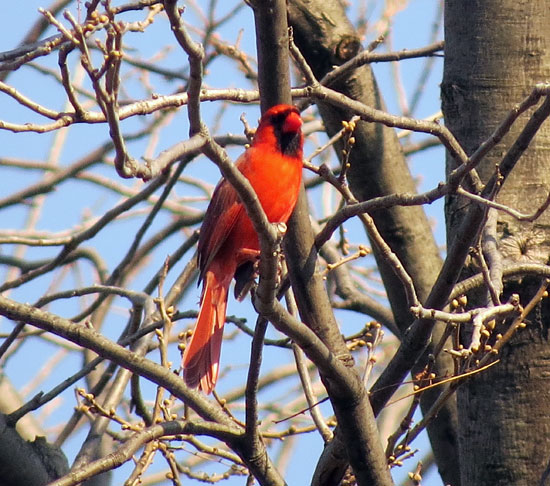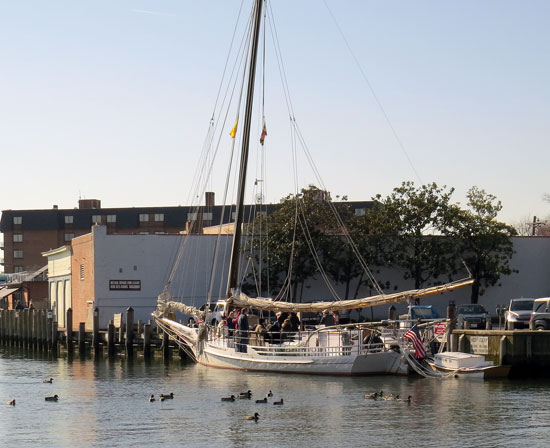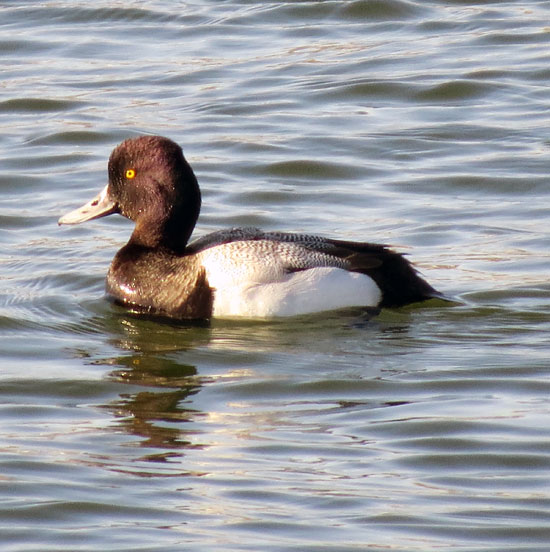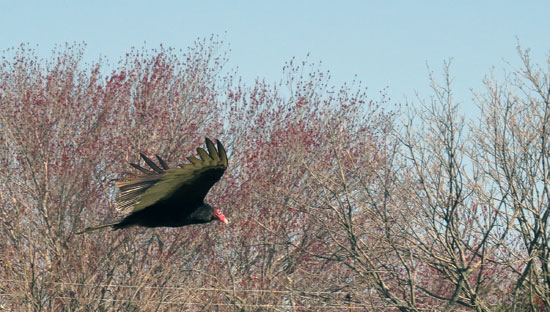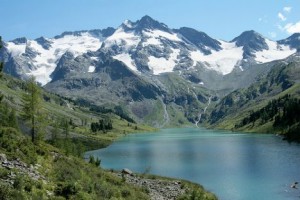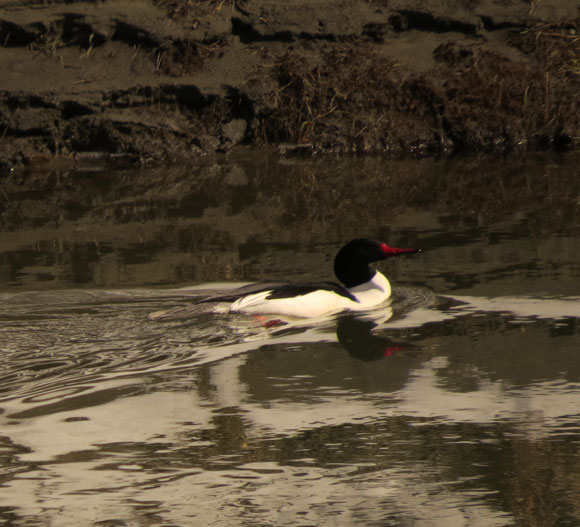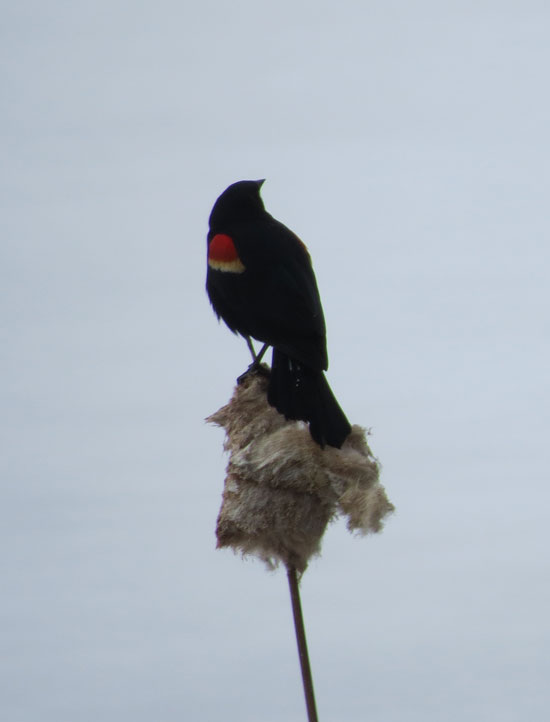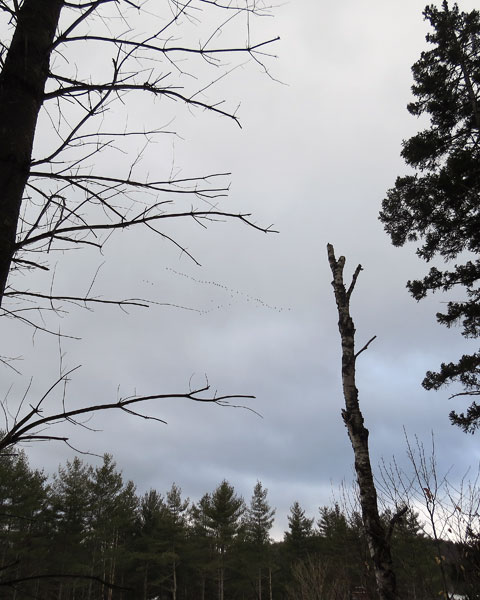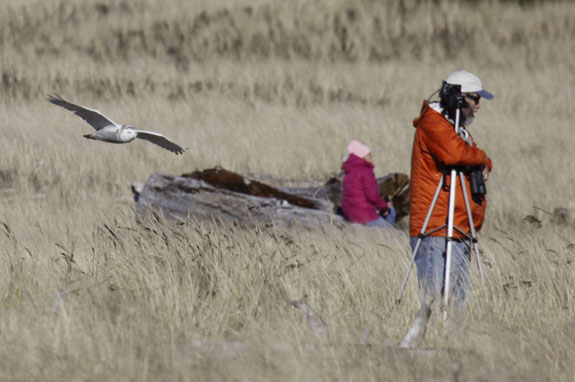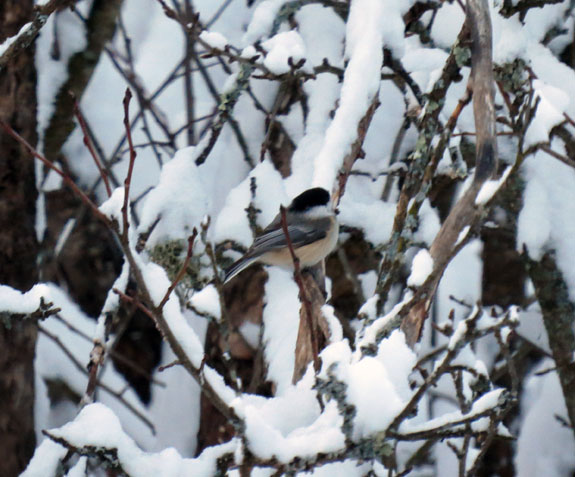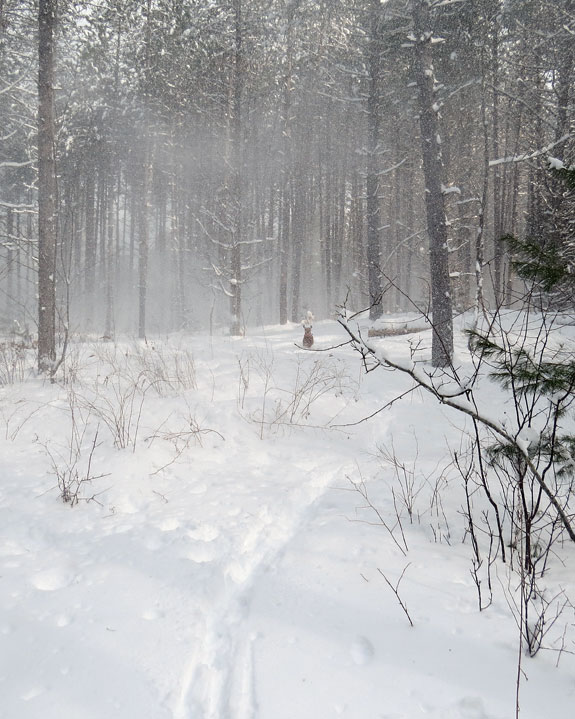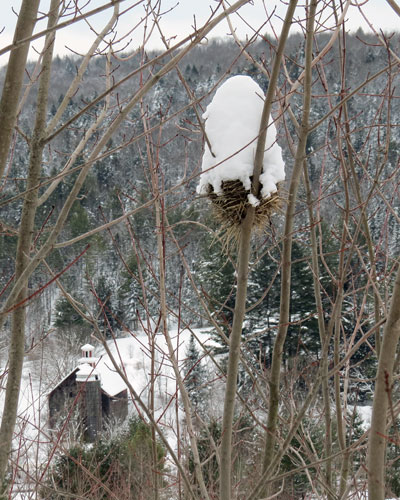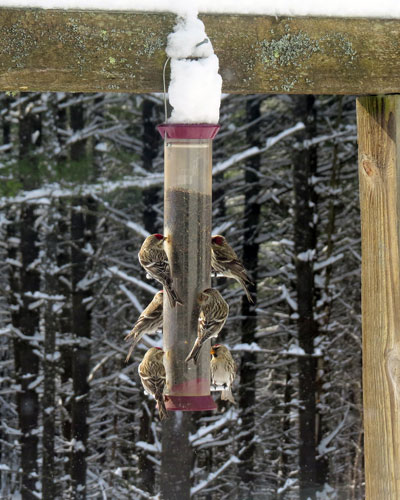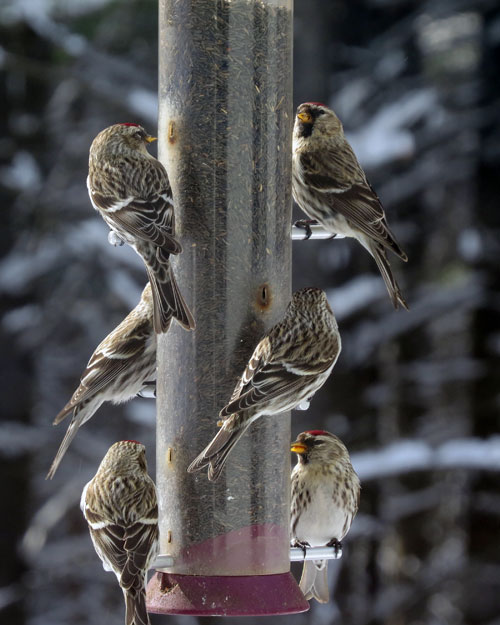Each time I come to Maryland, I try to get over and bird the Navy’s Greenbury Point Conservation Area, an environmental treasure is located underneath the familiar radio towers you can see on the Annapolis skyline. Greenbury Point has lots of grassland, a variety of other habitats including wooded coves, shallow wetland ponds, forests and scrub/shrub areas. It is a wonderful 231 acre peninsula at the mouth of the Severn River and popular with birders, runners, dog walkers, while being a training ground for midshipmen. I went there yesterday morning for a few hours of leisurely birding in near-80 temperatures.
As I was trying to find the CHSP in my camera lens, this Eastern Bluebird landed in a nearby tree, with nesting material in his beak.
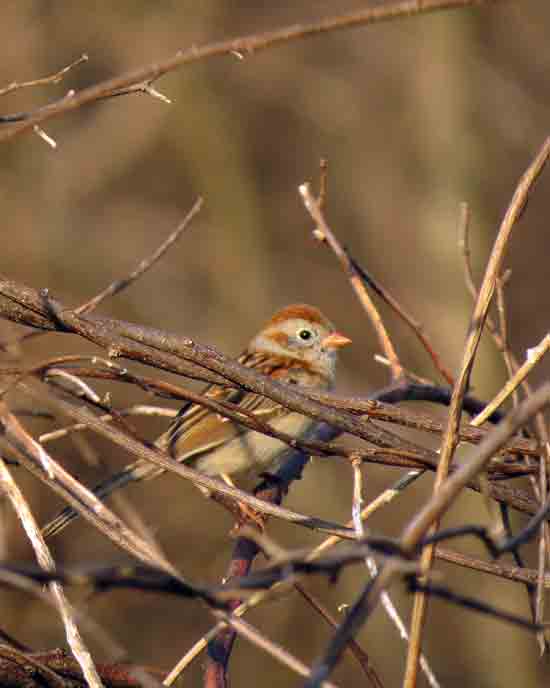
A Field Sparrow was trilling away, partially hidden in some brush. I pished it and got it to climb a little higher.
There is a network of trails weaving throughout the property and as I started down the paved path which I’ve birded many times, a Carolina Chickadee sang away. I usually hear a lot of chip sounds but this was a clear morning song.
I saw numerous birds on the interior loops including a Marsh Wren, my first Eastern Towhee in several years, and a number of Rough-winged Swallows.
As I approached the water, dozens of Ospreys circled and swooped. There are dozens of nesting platforms available and all seemed to be in use. Buffleheads, Scaup, gulls, terns, and cormorants made their appearance while a pair of grebes — I’m calling them Horned Grebes — dove and hid in the morning sun as I tried to photograph them.
This is likely the last time I’ll bird in this area but I highly recommend it. It is free, easy to access, and full of neat grassland, woodland, and water birds. It’s a favorite of local birders and it’s easy to see why. I saw 35 species this morning and enjoyed the easy walking, the nice breeze, and the warmth. It is wonderful to see a former military site being conserved and used by such a diverse group of people.
Sign up by RSS feed or via email to have future articles sent to you.

